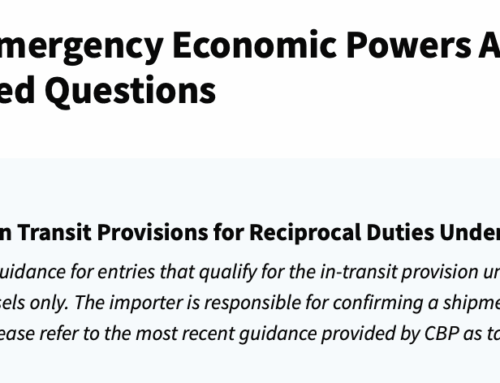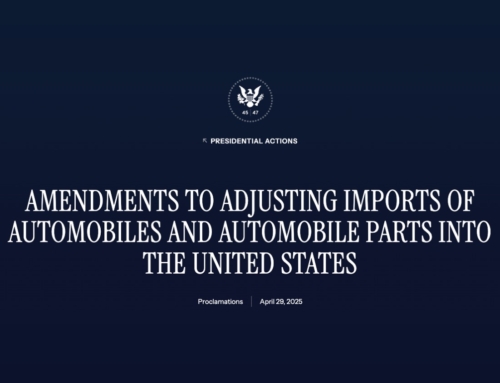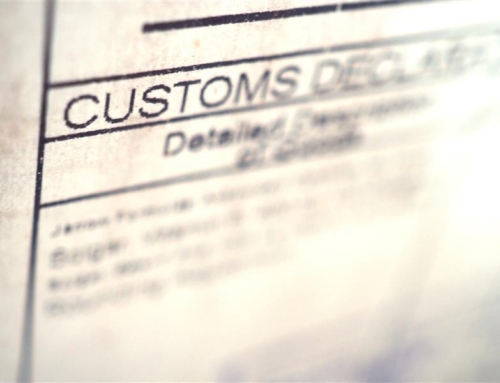The international logistics industry is facing new challenges everyday as countries try to cope with the COVID-19 pandemic. Although countries are doing what is best for the safety of their citizens by restricting travel and requiring quarantines, the freight industry has to work within these constraints to move goods throughout the world to ensure global commerce continues.
NOTE: Since this publication, the United States has officially declared national state of emergency.
On Wednesday, March 11, 2020 the United States announced a travel restriction for 30 days from Europe to the United States which includes 26 countries in the Schengen Area free movement zone.
These countries include:
- Austria
- Belgium
- Czech Republic
- Denmark
- Estonia
- Finland
- France
- Germany
- Greece
- Hungary
- Iceland
- Italy
- Latvia
- Liechtenstein
- Lithuania
- Luxembourg
- Malta
- The Netherlands
- Norway
- Poland
- Portugal
- Slovakia
- Slovenia
- Spain
- Sweden
- Switzerland
Both the United Kingdom and Ireland are exempt from this list, even though there are reported cases of COVID-19 in each.
This ban does not apply to US citizens or their family members. However, there are other types of restrictions in place from the Department of Homeland Security, if they have traveled outside of the US such as:
- Passengers (Air or Ocean) who are not US citizens and who have been in China or Iran in the last 14 days will not be allowed to enter.
- US citizens who’ve been in China in the past 14 days can enter the US but will be directed via one of 11 airports where they’ll undergo health screening.
- Atlanta, Chicago, Dallas, Detroit, Honolulu, Los Angeles, New York (Kennedy or Newark), San Francisco, Seattle and Washington.
SUPPLY CHAIN IMPACT
While this administrative decision is causing major disruptions to passenger travel, it is not stopping the ability to move shipments globally. Disruptions are experienced when a passenger flight is cancelled, and freight needs to find an alternative routing. Nonetheless, freight is still moving on other flights and cargo freighters or split between sea-air routings.
Ports in China are finally reported to be operating somewhere between 90-100% of capacity. The remainder of the country, specifically manufacturing operations are still struggling to get back to normal. Although China may have ships and containers ready to go, there isn’t much to fill them up with at this time; creating blank or minimized sailings.
U.S. terminal ports have had to slash hours or even close due to reduced volumes. Some terminals are not allowing container returns unless it is done as a dual transaction with an import pickup. It is being reported that at the Port of Los Angeles/Long Beach, they are expected to experience more than 40 blank sailings between February and March.
International shippers should not be worried about experiencing delays as Green Worldwide Shipping remains confident in our ability to deliver exceptional shipping experiences for every customer, every shipment, every time.
As Green continues to monitor the situation, stay up-to-date on freight news by following us on Facebook, Twitter, and LinkedIn. For continuous updates, make sure to check out our website at greenworldwide.com.






